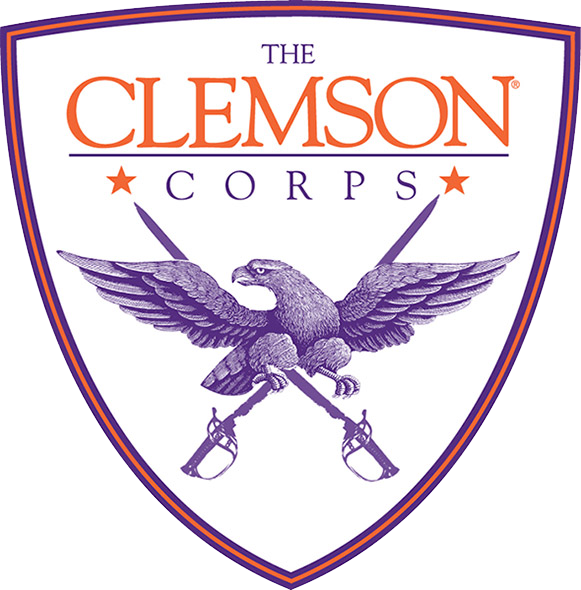A. The following are resources used to develop the individual names listed on the Scroll of Honor:
- WWI – A plaque located near the university Rotunda.
- WWII – A December 6, 1946 Memorial Service pamphlet “Roll of Honor” lists full name, hometown, major and years attended Clemson College.
- Korean War – A Memorial Day Assembly 1951 pamphlet “Clemson Roll of Honor for Korea” lists full name, service and class year for killed and missing.
- All other names were obtained by nominations from family and friends and discovery during research. In many cases names that were added were reviewed by a Clemson Corps subcommittee and approved by the Clemson Corps Board. In all cases names deleted from the original list were handled in this manner.
B. Books:
- The Official Roster of South Carolina Soldiers, Sailors, and Marines in the World War, 1917-1918. Compiled under the direction of John Richards, Governor.
- The Official Roster of South Carolina Servicemen and Servicewomen in World War II, 1941-46. Compiled under the direction of Robert E. McNair, Governor.
- Combat Connected Naval Casualties, World War II By States, 1946. Compiled and revised in 1946 by the Casualty Section, Office of Public Information, Navy Department.
- Destined for Duty: Clemson College Class of 1941, written by Donald M. McKale.
- Taps (various years) Annual Student publication. Used as the source of student activities and student pictures.
C. The Major World Wide Web Sites:
- The National WWII Memorial provides data about veterans killed in the war. Remembrances for any WWII veteran may also be included.
- The National Archives provides information about enlisted WWII, and all Korea and Vietnam that died.
- The Vietnam Wall and The Virtual Wall, Vietnam Veterans Memorial provide detailed information about Viet Nam deaths and remembrances.
- The Korean War Project provides detailed information about Korean deaths and remembrances.
- Military from South Carolina that Died in the Korean War through Hostile Action
- Home of Heroes – https://www.homeofheroes.com/verify/recipients_a.html lists individuals who have received a major award.
- Military Times This site has some citations for individuals that have received major awards.
- American Battle Monument Commission List of Cemeteries and Memorial sites.
- Family Search and other web sites dealing with family history may have place of birth and date of death information.
- Ancestor Hunt lists websites that have obituaries.
- The Richland County Public Library website is most helpful in finding obituaries in South Carolina.
- This Flickr Image Gallery has many South Carolina WWI obituaries.
- Ancestry.com is useful in providing information on draft registrations, family and obituaries.
- Findagrave.com is useful in providing locations of where the individual was buried as well as photos of grave markers and family information.
- Wikipedia is an online encyclopedia.
- Accident Report includes Army Air Force, Navy and Marines list of names of servicemen who were involved in a crash.
D. Other Sources
- The Cooper Library Special Editions Section located in the Strom Thurmond Building has Clemson College Catalogs (Re; SC LD1047.C6c) that contains the names of students that were registered the previous year. It also has files with information about individuals for WWI (Administrative Office, Series 10, Box 12 file # 196 and LH1.66c58, U. 1.2), WWII, and other wars.
- The Alumni Data Base is an unofficial listing of alumni information. It was used primarily to find the date of death when no other sources contained that information could be found.
- The University Registrar’s Office assisted in verifying that individuals that were nominated for adding to the Scroll of Honor had been Clemson students.
- Information provided via email, letters and conversation from family friends and other interested parties.
- Obituaries and newspaper articles. In many instances the data was extracted or paraphrased from the article.
